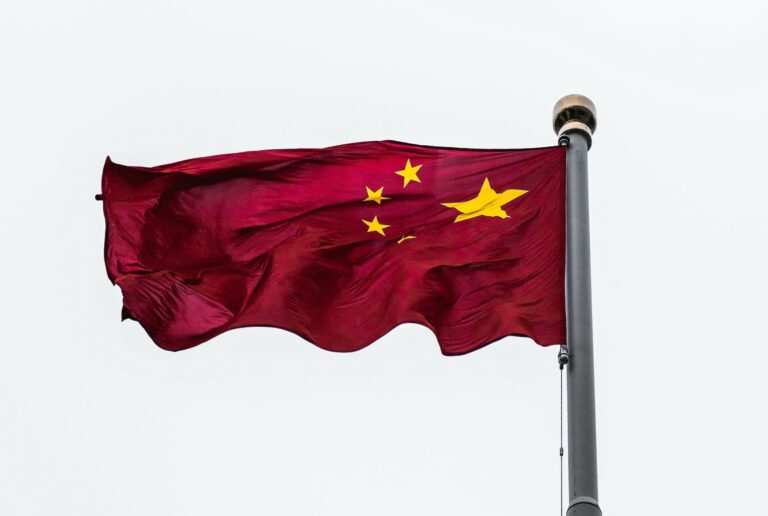This article was originally published by Radio Free Asia and is reprinted with permission.
Chinese authorities in Tibet have forbidden aid workers and Buddhist monks from entering areas of the region struck by deadly earthquakes last week, three residents of the region and a Tibetan in exile told Radio Free Asia.
On Jan. 7, a magnitude 7.1 earthquake struck Dingri county, near the border of Nepal. Chinese state media says it killed 126 people, but Tibetan sources said the toll was likely higher given that at least 100 people were killed in the town of Dramtso alone.
State media also said the disaster injured 337 people and displaced more than 60,000 people.
Starting Monday, authorities blocked off access, preventing monks, relief volunteers and aid providers from entering the affected area under the pretext of “cleanup,” and “security work,” the residents said under condition of anonymity for safety reasons.
The blocking of monks was painful for survivors because in Buddhist tradition, prayers and rituals are conducted at the end of each week for the first seven weeks after a person’s death.
Tibetans in other areas of Tibet, as well as those abroad or in exile in India, Nepal, Bhutan and elsewhere, gathered Monday to offer prayers.
Aftershocks
Since last week’s quake, more than 1,200 aftershocks have been reported by Chinese authorities.
On Monday evening, two strong aftershocks — with magnitudes of 5.1 and 4.6 — struck Dingri County’s Tsogo township (Cuoguoxiang in Chinese) and Tashizong township (Zhaxizongxiang), respectively, according to the United States Geological Survey.
According to a Dingri county official quoted by Chinese state media on Monday, “no casualties have been reported so far” in the latest aftershocks. The official added that “further investigation is underway.”
Information censorship
The Chinese government has also been deleting photos and videos about the impact of the earthquake from social media, residents said.
“Chinese state media has been focusing on propaganda activities such as having Tibetan children wave Chinese flags. They are forcing affected residents to express their gratitude to the Chinese government, and they display [Chinese President] Xi Jinping’s photos in the temporary shelters provided,” another resident said.
On Sunday, Sikyong Penpa Tsering, the democratically elected leader of the Central Tibetan Administration, the government-in-exile based in Dharamshala, India, issued a statement in which he called on Beijing to “…ensure transparency and accountability in relief efforts by granting unrestricted and immediate access to international aid organizations and media delegations.”
“Strict information censorship by the PRC government continues to pose significant challenges in verifying the accuracy of casualty reports and assessing the adequacy of relief operations,” Tsering said.
He also called on the Chinese government to “provide adequate assistance in rebuilding efforts that takes into account the traditional Tibetan needs and fundamental rights of the Tibetan people.”
A Chinese foreign ministry spokesperson Guo Jiakun, in a press briefing on Monday, responded to a query raised on Tsering’s statement, saying, “The disaster response and relief work is generally proceeding smoothly. We are confident in winning this tough battle of quake response and returning work and life to normal in the affected areas as soon as possible.”

